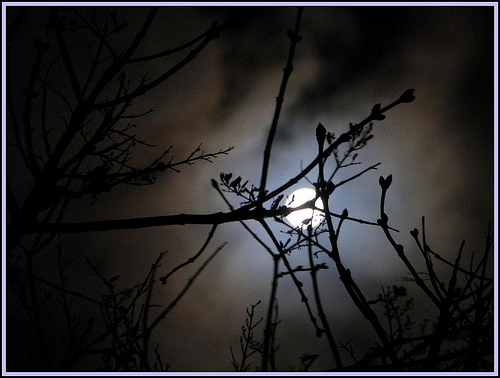The Pig Month, which covers most of November, marks lap dung in the Chinese almanac. This is the beginning of winter. The winter season also includes the Rat (December) and the Ox (January). In terms of 5 elements, winter is the season of water. Think ice, snow, cold, rain, sleet, hail, flooding, slipperiness, clouds, downward movement, darkness, birth. These are all qualities of water.
Historically, more than any other season, winter was the time when our very survival was in question. Scarcity of food, cold, poor shelter and illness were common hazards. In modern times, our survival is threatened by flu-ridden airline passengers, too many parties, too much alcohol consumption, ennui and seasonal depression. And the weather.
In an attempt to stay healthy and optimistic, in winter we humans like to bring the Wood element indoors in the form of evergreens: wreaths, pine boughs, fir trees, holly, mistletoe. We also like using our fireplaces, twinkly lights and candles. This is how we employ the Fire element.

Santa Lucia, a third century Christian martyr whose feast day used to be the winter solstice (now December 13th), went so far with these ideas as to wear a crown made of evergreen boughs and lighted candles. I know what you’re thinking – and don’t try that.
Santa Lucia is an iteration of Lucina; Roman goddess of light, the moon and childbirth. Here again we see the relationship of the ideas of survival and light, or Fire. The Greek version of Lucina is Eileithyia. The Egyptian version is the goddess Nekhbet. Obviously this creative, birth-like cycle of Water, Wood and Fire go way back conceptually. The peril of giving birth is that while it is happening the survival of both mother and child is at stake. For both, there is light at the end of the tunnel so to speak. In the same way, if you make it through winter, into the light, that’s where life is renewed. It takes Wood, by which I mean growth, to get there.
In winter we crave the Wood and Fire for a reason. We are trying to simulate a cycle of productive energy to help us stay alive through the winter. Don’t get me wrong – holiday decorating is not in itself about Feng Shui, but using Five Elements is.
And is there something psychological about it? Of course. As the ch’i of the year descends, you may find it helpful to draw your attention to the promise of the eternal return that is Wood; the precursor of the light that is Fire.


